I wrote as free lance European Correspondent about massage and healing techniques around the world for about a decade. I interviewed therapists. I got (and still get) lots of massages. I drank stinky healing waters and sat in hot mineral waters, cold mineral waters, and peat bog mud (really!). [1]
I was transformed into a human pretzel in Thailand and had my back walked on by a barefoot Hanoi therapist as she held onto ceiling railings.
I wrote the following article not long after I came to Germany…

My first spa massage: I had exotic visions of a sea algae wrap first, steaming fluffy hot towels wrapped deliciously around my entire body, perhaps a dip in a pool filled with aromatic, green mud.  Don’t ask me where these visions came from. All I know is that when I made my appointment at Das Leuze Spa in Bad Cannstatt, Germany, this was what I hoped to experience.
Don’t ask me where these visions came from. All I know is that when I made my appointment at Das Leuze Spa in Bad Cannstatt, Germany, this was what I hoped to experience.
The reality was… well, more realistic. I had to wait a week for a time slot. There wasn’t any possibility of an hour-long or longer massage; half an hour was the time limit. Patients come with a doctor’s prescription and German insurance covers the therapy sessions. But private patients aren’t so unusual, and I had no trouble getting an appointment.
I showed up twenty minutes early as requested. I paid roughly $18 at the appointments window and, taking my receipt, wandered towards the spa massage rooms. I had some time before my massage, so I decided to look around a little bit.
It was the 4th of July in southern Germany and we were having the hottest summer in recorded weather history – which meant the hottest summer in over two hundred years. I looked longingly over the grounds towards a spa pool. The water looked so cool and inviting. But I was here to research European massage methods. Plus my shoulders had been killing me for weeks; I really needed this massage.
I turned back and saw a woman dressed in white with a name tag on her shirt. I showed her my appointment slip and receipt, and asked if I was in the right area. She smiled and answered yes, got a half-sheet from a hallway closet and led me into a treatment room.
“What do I do with the sheet?” I asked. “Climb under it?” It seemed pretty hot for a cover, but what the hey. How was I supposed to know?
“Lay the sheet down on the table and lie on top of it.” She smiled encouragingly as she closed the door behind her.
I looked around the room to see where I could set my clothing. The room had an open window that looked out on a pool, the Mineralbad Berg. I peeked through the doorway: the next room contained a huge tub. I must be in one of the two Quiet Rooms attached to every hydrotherapy room. I knew these Quiet Rooms are sometimes used to give massages, or the patients rest on the massage tables after hydro treatments.
There were hooks on the wall and a handy string bag in which to place clothes and jewelry. I looked over and noticed a wool blanket hanging from a rung. Just looking at it made me itchy. Why didn’t the rest of the world catch on to air conditioning or fans? Germans consider AC umweltunfreundlich (bad for the environment and energy drains to boot) but I longed for a waft of breeze. Anything to make the day less sticky.
There was a knock on the door and in walked my massage therapist. He said hello and began without ceremony on the bottom of my legs with effleurage [2].
“I like deep tissue work,” I said. “And my back and shoulders need special attention.” If he was surprised that I had a special request, he didn’t show it. My calves began to melt. He noticed they were tight. He worked his way along my hamstrings and used an inverted J stroke from my sacrum to my neck. There he somehow screwed his knuckles into my shoulder. It felt wonderful! How was he doing that? I hated to interrupt the massage by asking. I also didn’t want to distract myself from the way my shoulders were finally loosening up, so I gave myself mental requests to shut up and stop analysing the massage. Relax! He worked the right side of my back and then the left, and raked my ribs as I lay there prone.
I could feel my stress slip away. Then I felt something drip. Was he applying more oil? I didn’t feel a break in his massage rhythm. A few more drops came. Then I realized: my massage therapist was dripping sweat on me.

Yes, it was hot as hell, he was working hard, there wasn’t any air conditioning… but still. Uggh. I suddenly felt squeamish. This had never happened to me before. Before I could decide what to say, he stopped and asked me to turn over.
He used too much pressure on my quadriceps. I had to tell him it hurt, and he eased up. The massage strokes were mostly a flowing effleurage that was quite penetrating and a deep petrissage [3], plus that same interesting J stroke.
Afterwards I sat up and slowly stretched my limbs. Everything felt good. The crepitus in my shoulders had disappeared.
I left feeling looser, definitely sweatier (and it wasn’t even my sweat), and thoughtful about the difference between massage as a professional medical service versus the tentative situation that still exists in some parts of America.
The things I liked about the spa massage? The massage was extremely competent, did me much physical and emotional good and was everything I could ask from a session with a skilled therapist. The facility is absolutely top-notch even without air conditioning. It has everything you could dream of: Hydrotherapy. Fango mud treatments. Wet and dry saunas. Therapies of a wide range and variety. The spa grounds are in a beautiful natural setting. At no time did I feel awkward, either as a foreigner or wandering around as I found my way to my therapy room.
All in all, my spa massage was a positive experience and one I wouldn’t mind repeating… maybe sometime when the weather’s not so hot.

NOTES: [1] The spas of Baden-Baden, Germany; Pammukale, Turkey; Karlovy Vary and Marianske Lazne, Czech Republic, and Bad Kohlgrub, Germany.
[2] Effleurage is a series of long smooth strokes used in Swedish massage to warm up the connective tissues and underlying muscles.
[3] Petrissage may be squeezing, kneading, wringing or skin rolling, and massages more deeply into the muscles.
This article first appeared in slightly different form: Campbell JB. In the Heat of the Spa. Massage Jul/Aug 1995; 56:114, 117-9.
Go to my earlier posts A Massage at Wat Pho, Massage in Indonesia: Java, and Massage in Indonesia: Lombok for more on healing techniques around the world.
Photos courtesy of Dreamstime.com. Drips are © Kirsty Pargeter | Dreamstime Stock Photos.
Like this:
Like Loading...
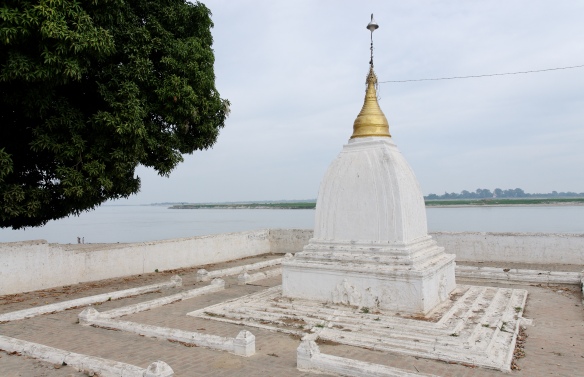
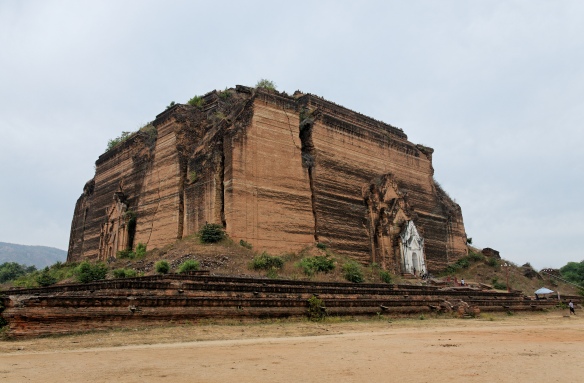

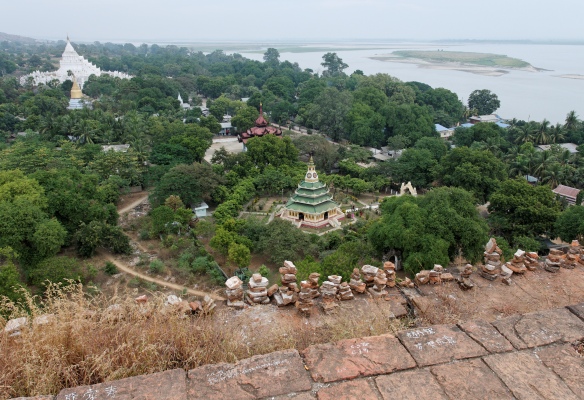








 Author and journalist Mark Kurlansky was born December 7, 1948 in Hartford, Connecticut. He has written about oysters, cod, salt, salmon, milk and paper – among other topics. His writing is engaging and informative. I have copies of Cod: A Biography of the Fish That Changed the World (an international bestseller translated into more than 15 languages) and Salt: A World History. His book
Author and journalist Mark Kurlansky was born December 7, 1948 in Hartford, Connecticut. He has written about oysters, cod, salt, salmon, milk and paper – among other topics. His writing is engaging and informative. I have copies of Cod: A Biography of the Fish That Changed the World (an international bestseller translated into more than 15 languages) and Salt: A World History. His book 




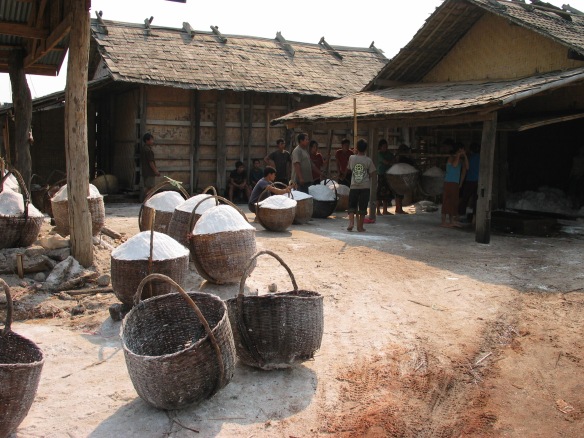
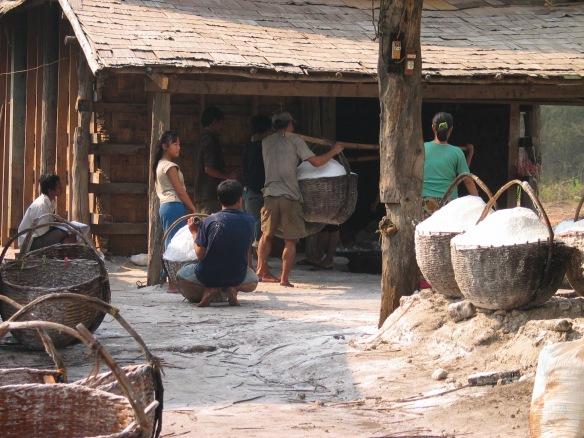


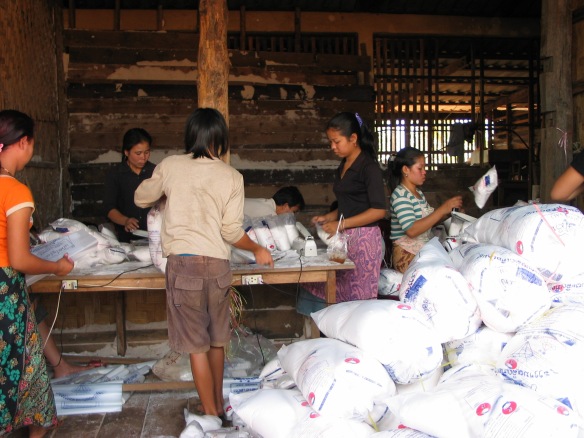
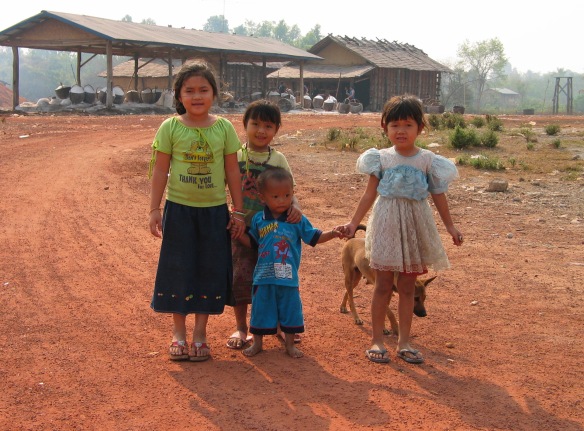


 Don’t ask me where these visions came from. All I know is that when I made my appointment at Das Leuze Spa in Bad Cannstatt, Germany, this was what I hoped to experience.
Don’t ask me where these visions came from. All I know is that when I made my appointment at Das Leuze Spa in Bad Cannstatt, Germany, this was what I hoped to experience.
